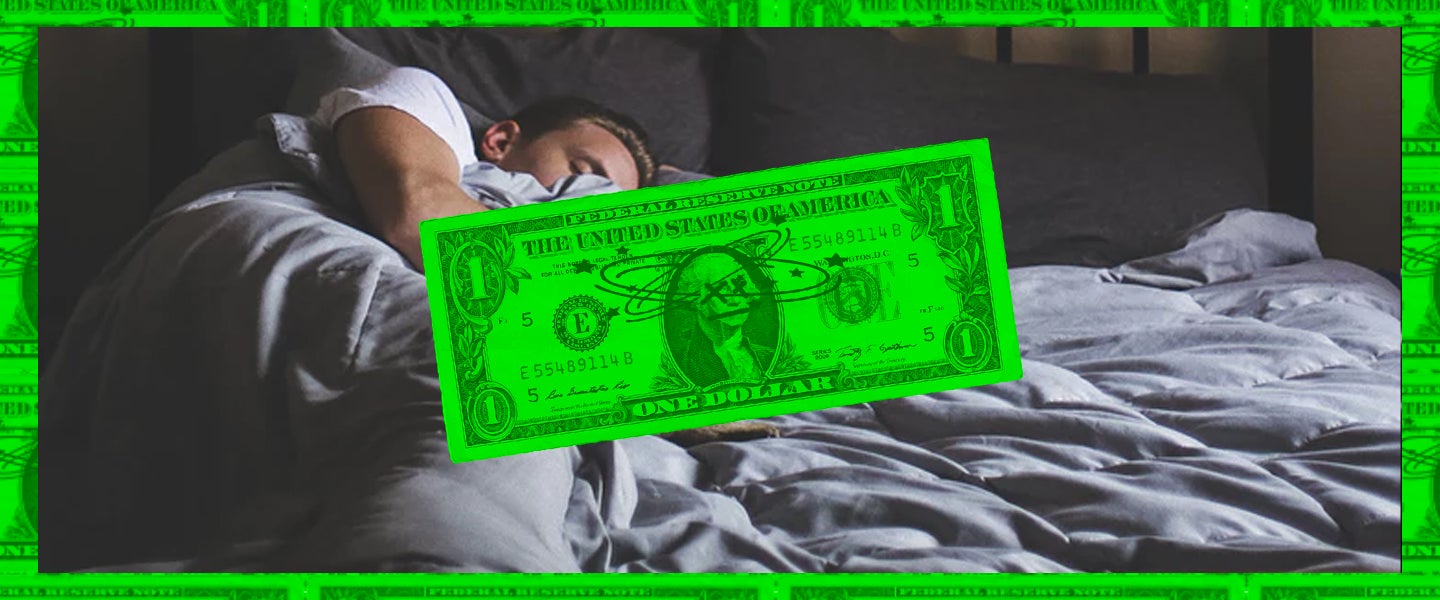Single people: Do you feel like you spend a lot more than the married people you know? The data suggests that you actually do. Society is set up, in many ways, to favor couples; there are also economies of scale and lifestyle habits to consider. We took a look at the data — and some anecdotal evidence — to see why, while total control over the remote may be priceless, the cost of many of the other parts of being single are actually higher.
Come on then, why does it cost me more to be single, besides my vast Kleenex and therapy bills?
According to TD Ameritrade’s Singles & Money survey from 2017, there are a number of reasons. For one thing, single people make, on average, $8,800 less than married people in a year. They’re a lot less likely (58 percent) to own a home than are married people (90 percent). And 30 percent of single people aren’t saving for anything, versus 17 percent of married people.
Interestingly, while homeownership is a challenge for singles, it does, however, make those who own seem more attractive — most prominently among millennials.
Married people save on taxes too, right?
Oh yeah. The savings from taxes are a big deal when you’re filing jointly: For 2018, the standard deduction for filing jointly is double what a single person can deduct ($24,000 vs $12,000). Got kids? They’ll lower your taxes even further.
Don’t single people spend less money on things, though? Since they only buy the things they want for themselves?
Not really — single people have closer relationships to multiple friends that need maintaining, and often have richer social lives (plus, we all know dating can be expensive). The (somewhat judge-y) TD Ameritrade survey also revealed that “in tough times, four in 10 singles would be unwilling to cut back on eating out, and about a quarter wouldn’t sacrifice coffee or take-out.” Single people aren’t about pimping their Top Ramen, it seems.
The thing about couples is that they can combine their incomes toward a common goal — even if single people who live with other singles split the rent and the bills, they may not be saving by pooling their resources on many of the things couples do: Groceries, entertainment, memberships, investments, phone plans, cars, etc.
When it comes to groceries specifically, so much depends on how a person feeds themselves. Idiomatically speaking, a trip to Costco — home to bucket-size vats of mayonnaise and humongous jars of pickles, at less cost per ounce — makes more sense for a several-person household than for a single person. The data bears this out: According to the federal government’s Consumer Expenditure Survey, single people (ones who live alone) spend on average $3,654 on food in a year, versus the average family-of-four member, who spends $2,400 per person.
What else am I getting screwed on while not actually getting screwed?
Couples’ discounts can also not be, er, discounted. Take gym memberships, for example, which offer a few dollars’ savings to couples versus a single person. Or travel: Journeying solo can cost you 50 to 80 percent more versus traveling with another person. That’s because a hotel room demands similar costs and resources regardless of how many people are in it. For events, when it comes to ticket purchases, administration fees can be spread when more than one ticket at a time is purchased. It’s been called “institutionalized singlism,” and is even considered a form of discrimination.
Take insurance as another example: Auto insurance and home insurance is often cheaper for married people. Health insurance, too, is generally better for married people, as it gives them more options (e.g., they can choose between their own plan, if they have one, or their spouse’s, especially if they’re not already covered). Getting covered through a spouse’s plan, according to Consumer Reports, is more affordable since insurance companies charge less for a plan that covers two people than they do for a single plan.
So married people are better off for the rest of their lives?
Yes! Look at these statistics from the Social Security Administration: By the time people reach age 65, a disproportionate number of single people are in poverty. That includes never-married people (24 percent), divorced people (16 percent) and widowed people (15 percent) versus married people, who are only at 5 percent. Single people in old age are poor for a variety of reasons, but generally speaking, they just don’t have the benefits, social security payments or savings of a spouse to share in; they frequently suffer from costly, chronic conditions; the last recession may have wiped out their savings and/or forced them into early retirement; and simply put, people live longer these days, which means more savings is required — and will more likely run out — if they’re not earning money, or more importantly in this case, don’t have a partner to share resources with.
So while everyone knows married life can be expensive — and kids sure as hell are expensive — being single also comes with its own, often hidden, high costs. Especially if you include the fact you’re also probably going to die earlier, too.

